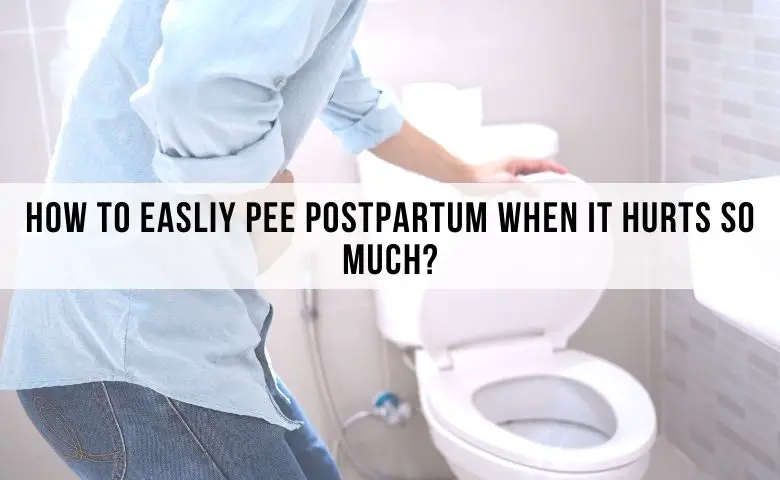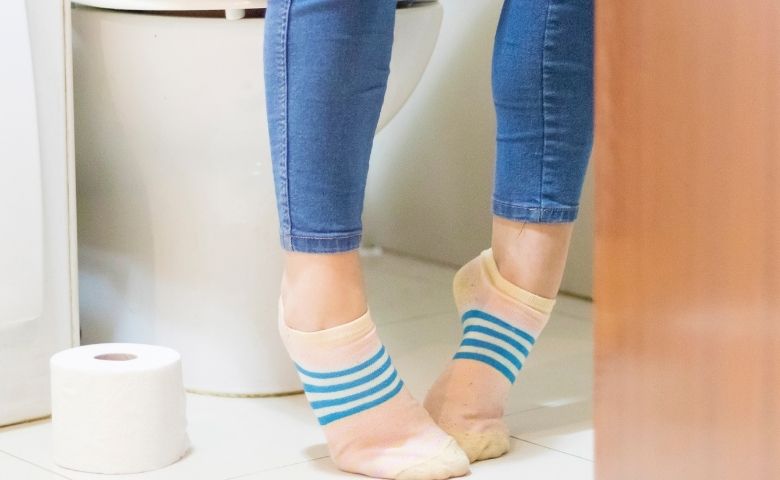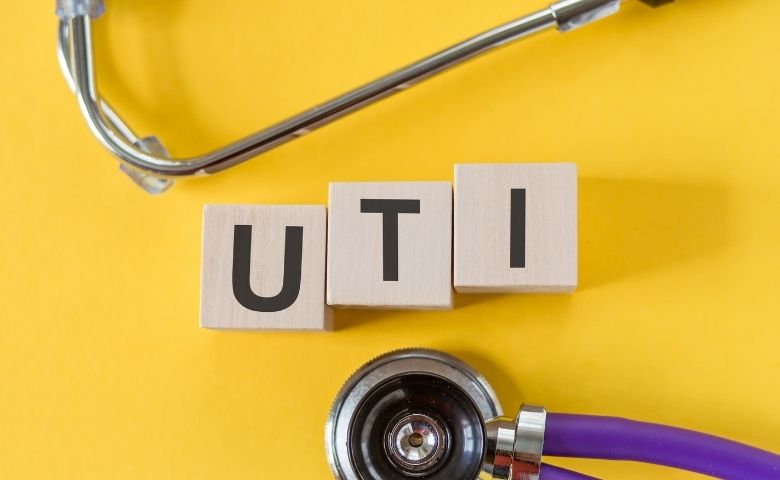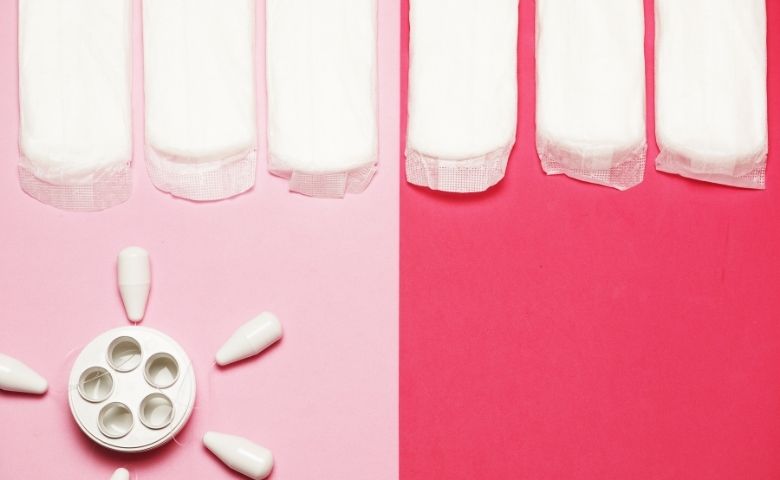You may wonder at the hormonal changes, cramps, urinating after postpartum and unusual alterations your body has experienced with courage throughout the gestation period.
The significant struggle the women go through in the period of nine months is rewarded with a new status and role of Mommy.

You know this status is gallant for every single woman. But your sufferings never end there. The Gestation period is followed by a postpartum (In Latin: ‘post’ means ‘after,’ ‘partum’ means ‘giving birth’) period, which begins after delivery.
One of the most difficult phases in that tenure is “how to pee postpartum when it hurts?”
Fluctuations during pregnancy
One of the major aspects to focus on pregnancy is bladder care. The unusual alterations are because of hormonal changes. It causes dark skin tone, nipple tenderness, linea nigra development (a dark line down the middle of their stomach), birthmarks, freckles, dark patches, moles, and fluid retention.
Increased levels of estrogen during pregnancy causes water retention in the hands, feet, and face.
That’s why pregnant women faced swollen hands, feet, and faces. These changes do not hurt your body. But your bladder is abused equally before and after childbirth. It hurts your body in both prenatal conditions, prenatal as well as postnatal.
Postpartum Symptoms

You are considering the postpartum period as a healing and rebuilding phase in which your body will attain the pre-pregnancy shape. But you may experience a wide range of postpartum symptoms too such as:
- Difficulty in urination
- Postpartum UTI (Urinary Tract Infection)
- Postpartum Vaginal Discharge
- Hemorrhoids
- Excessive bleeding after childbirth
- Constipation
- Postpartum body odor
- Hair loss
- Swollen Breast due to infection or clogged ducts
- Urinary and fecal incontinence
- Postpartum Depression
- Discomfort during copulation
Bladder dysfunction during and after pregnancy: How to pee postpartum when it hurts?
Your bladder has to suffer a lot during pregnancy, delivery, and after childbirth. Bladder retention is observed in a significant number of women with pelvic floor damage, nerve-muscle damage, trauma to the bladder due to epidural anesthesia during delivery.
Regional analgesics are given to a woman cause the suppression of sensory stimuli from the bladder. This makes her more susceptible to urinary dysfunction such as bladder prolapse, urinary incontinence, urinary urging, urinary retention, and voiding problems.
The rate of stress transient urinary incontinence increased from mid-pregnancy to greater than 25%. The bladder becomes insensitive due to pressure exerted on the bladder walls during the baby’s expulsion. The ultimate result of these happenings is painful urination.
Why postpartum urination hurts?

Many factors can hurt your bladder, and you might be wondering, how to pee postpartum when it hurts?
In the postpartum period, you may face nerve damage issues in which you can’t sense to urinate. It is a temporary condition and gets resolved as time progress.
Several studies conducted show that in the case of pelvic surgery and vaginal delivery, the pudendal nerve is damaged. This nerve supply branches to the bladder.
Postpartum swelling is developed; it is a predisposing factor that can cause difficulty to urinate. The water build-up during pregnancy is the reason for swelling.
Your bladder is traumatized and doesn’t sense the urge to pee due to spinal or epidural analgesics given in surgical delivery.
Hormonal Changes affect postpartum urination. How?
The bladder is among the hormone-responsive organs of our body. The hormonal fluctuations you experience in pregnancy may affect the functions of the bladder.
Progesterone is a reproductive hormone in the body of females that supports prolonged pregnancy. The elevated levels of progesterone cause frequent urination in pregnancy. In the third month of pregnancy, the bladder reduces its muscles.
But the muscle stretches and grows as the pregnancy progresses. The same is the situation in the postpartum condition. The bladder continues to lose its muscle tone at the start and causing severe discomfort in urination.
How Can We Treat Postpartum Urinary Discomforts?
Sometimes your bladder does not cooperate postpartum and hurts your urinary tract. Electrophysiological tests are performed to observe the damage due to vaginal delivery.
To solve this problem, doctors recommend inserting a catheter into your bladder and draining the pee out. It is very important to pee within 6-8 hours after delivery.
It will prevent your fully-loaded bladder from infection, damage, and bleeding. If the condition persists for days after delivery and you don’t develop an urge to pee. This is a sign you may develop a urinary tract infection.
What Are The Postpartum Infections?

Postpartum Infections include uterine, kidney, and bladder infections in females following childbirth and miscarriages. It troubles to go to the washroom.
The infection is also called childbed fever, maternal sepsis/infection, or puerperal infection. It is a mild bacterial infection that usually develops after 24 hours of delivery to within ten days of labor.
Although postpartum UTI is not a severe infection, it causes severe discomforts during pee (urination). The infection is very common in the female reproductive tract following childbirth and miscarriage.
It can occur in 2-4% of all women after delivery. Puerperal Sepsis, postpartum metritis, and postpartum endometritis are common infections.
Reasons why women develop postpartum UTI
Retained Placenta:
Infection may develop due to retained placenta in your womb for more than 30 minutes. During childbirth, the placenta is separated from the uterine wall and expelled out of the vaginal area within 20 minutes.
But if the placenta or some part of the placenta remains in the uterus untreated, it can develop an infection. You may experience the signs and symptoms of retained placenta after one day of delivery.
Amniotic sac Infection:
A bag of water surrounds the baby in the childbearing state. This bag is called an amniotic sac. Amniotic sac infection may also lead to postpartum infection.
Premature rupture of membranes occurs in this infection. Baby’s exit during labor with an infected amniotic sac spreads the infection in the female reproductive tract. The condition ultimately leads to urinary discomfort.
Group B-Streptococcus (GBS) Bacteria in Vaginal Area:
The bacteria are very common in the lower genital tract. Group B streptococcus bacteria cause postpartum infection. The maternal cervical-vaginal colonization results in the spread of GBS bacteria results in high prevalence in the urethra.
C-Section Delivery:
There are more chances of developing a urinary tract infection in surgical delivery or cesarean section (C-section) delivery rather than normal delivery.
C-section delivery involves two incisions in the mother’s body, once in the abdomen and the other in the uterus. Some females opted for C-section delivery without any obstacle to experiencing less pain. But they may not be aware of the effects and side effects of the C-section delivery.
In Denmark, it is observed that 79% of females after their surgical delivery developed urinary tract infections. C-section delivery can cause:
- Abdominal incision infection
- Episiotomy’s infection
- Atelectasis
What are the Signs and Symptoms of UTI?
Fever, persistent heavy bleeding, severe pain, vaginal discharge with a foul smell, and large pieces of tissues are the symptoms of UTI. One of the major underlying symptoms is difficulty in urination or no urination after delivery. The precautionary measures to get over the infection are of great clinical importance.
If the infection is left untreated in a women’s immune-compromised state, it might harm her quality of life. Blood and urine cultures diagnosed the infection.
When to call your doctor?
If all your incision vaginal (in case of normal delivery) or abdominal (both in case of surgical delivery) gets healed and you still feel pain while urinating after postpartum. Also, when you’re ejecting a small quantity of urine, call your doctor.
How to manage bladder care in the pre and postnatal period?
In order to prevent such cases from occurring as far as possible, gynecologists must have varying guidelines and protocols for postpartum bladder care (PBC). But there are no universal guidelines yet to overcome PBC.
The National Institute of Clinical Excellence (NICE) produces a guideline for Routine Postnatal Care of Women and Babies. Preventive measures are advised in this guideline to encourage women to deal with the void problem.

The Royal College of Obstetrics and Gynecology (RCOG) recommended that the risk of urinary retention is increased in a woman after surgical delivery and spinal anesthesia. She would have an indwelling catheter in the urinary tract for at least 12 hours after delivery.
The women are recommended to prevent acute bladder discomforts by implementing reasonable measures as well as regular screening.
To secure the health status, mommy should follow given to get rid of trouble urinating after postpartum:
Drink a healthy amount of fluids:
The more you drink water or fluid, the more you increase the urge to urinate.
Massage uterus:
If your uterus is not contracting the way, it should then a mild massage will lead to the release of the hormone Oxytocin. Oxytocin helps in stimulating uterus contraction.
Sitz Bath:
Sitz bath speeds up healing by reducing inflammation and itching. Yes, it can actually do this – thank goodness! It boosts blood flow to the area, aiding in recovery time (according to this article at WebMD.com).
You can use Epsom salts or lavender essential oil to reduce swelling,
Take a walk:
Start walking as soon as you can. This will help your systems back to optimal state speedily.
Kegel
It’s also worth starting your pelvic floor exercises right away to start to get back some muscle tone as soon as possible.
Even when you’re having trouble peeing and pooping post pregnancy, these Kegal exercises strengthen your pelvic muscles and help you in a long run.
Apply Warm water:
Warm water can reduce tenderness and soothe the perinea part. It will dilute the urine so you can pee without the sting. You can apply warm water with a sponge.
Apply First Aid Spray:
I know some women have had success using a spray like this to numb and cool down the area a little before peeing,
Having a peri bottle to use each time you go to the bathroom will lessen the sting. This peri bottle from Fridamom is great too.
Cold water or ice packs:
The application of cold water with sponges or ice packs can increase the urge to pee.
How To Pee Postpartum when it hurts – final words
The pain, the physical, medical, emotional sufferings you’ve passed the Lord granted you with a newborn.
This article has surely provided you enough information on, how to pee postpartum when it hurts?
The best way is to be patient and celebrate the highest feeling of being pregnant in the world. The postpartum complications will settle soon as the gestation pain flew away. Just marvel at the repair mechanism of your body.
Related Articles:
17 Surprising Postpartum Body Changes No One Tells You
29 Best Postpartum Essentials For Moms
9 Reasons To Consider Giving Birth At Home
7 Benefits Of Using Doula Services For Your Birth
Don’t forget to pin it for later!

How to pee postpartum when it hurts?
I am the Wife, Mommy, & Blogger behind All Moms Blog learning to run my own home and raise up kids while chasing my dreams. I work to support, inspire, and encourage moms in the journey of motherhood to make their lives easier without losing your sanity.


Oh this takes me back to those first few days postpartum. No one prepares you for the first pee lol. Thank you for this!
I was actually remembering my days when I was writing the article lol 😀